Master Austrian Winter Driving: Safety Tips & Emergency Preparedness
Preparing for Austrian winter driving? ASFF Road Assist & Vignette Services provides essential safety tips and emergency preparedness guidance to avoid breakdowns and stay safe in alpine conditions.
Call for Winter Emergency Assistance: +43 7242 219 870ASFF Road Assist & Vignette Services GmbH is an independent service provider and is not affiliated with ASFINAG or any government agency. This website is developed in compliance with Google Ads and Bing Ads guidelines and fully follows them.
Complete Winter Vehicle Preparation Checklist
Ensuring your vehicle is winter-ready is the first line of defense against unexpected breakdowns. Our comprehensive checklist helps you prepare for the demanding conditions of Austrian winter roads, from the icy valleys to snowy alpine passes.
- Battery Health: Cold weather severely impacts battery performance. Get your battery tested and consider a cold-weather-rated replacement if it's over three years old. Ensure terminals are clean and tight.
- Antifreeze Levels: Check your coolant levels and ensure it's mixed to the correct antifreeze-to-water ratio for optimal engine protection against freezing.
- Tire Condition: Winter tires are legally required in Austria from November 1st to April 15th for certain conditions. Ensure your winter tires have sufficient tread depth (minimum 4mm for radial tires) and are properly inflated.
- Brake System Inspection: Have your brakes professionally inspected. Cold, wet conditions can expose weaknesses, and reliable braking is crucial.
- Heater & Defroster: Verify that your heater and defroster systems are fully functional for clear visibility and cabin warmth.
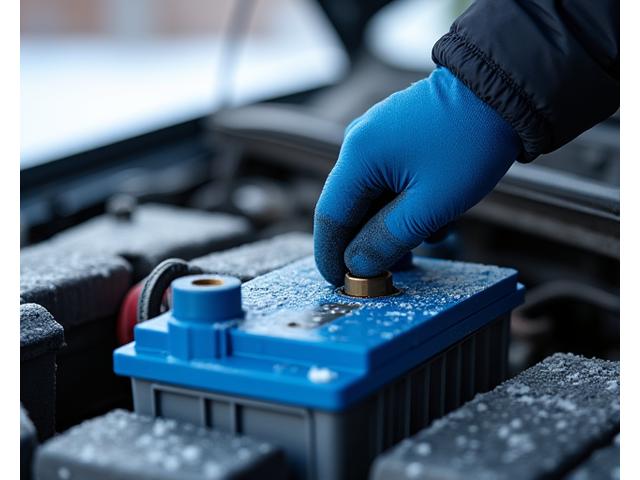
Austrian Tire Chain Requirements and Installation Guide
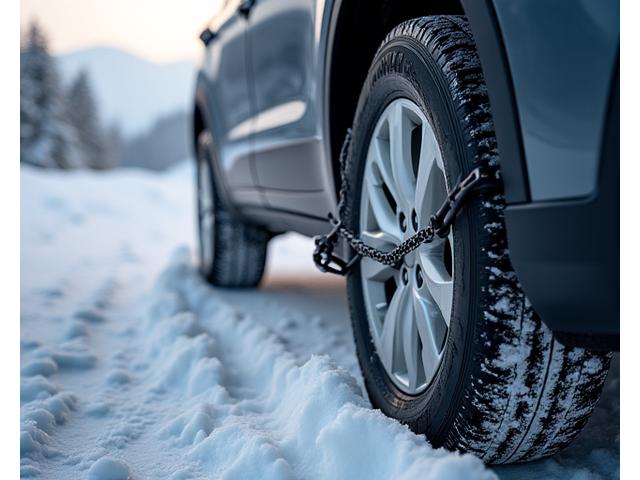
Driving in certain Austrian regions during winter often necessitates the use of snow chains. Understanding and adhering to these regulations is vital for your safety and to avoid penalties. ASFF provides clarity on legal requirements and practical installation advice.
Key Regulations & Tips:
- Legal Requirement: Snow chains must be carried in your vehicle from November 1st to April 15th, and must be fitted when road signs indicate. They are mandatory on marked roads, especially in mountainous areas.
- Proper Selection: Ensure your chains match your tire size and vehicle type. Using incorrect chains can damage your vehicle or be ineffective.
- Installation Practice: Practice installing your tire chains in a comfortable environment before you need to do so in cold, snowy, or emergency conditions.
- Studded Tires: Studded tires are generally permitted in Austria from November 1st to April 30th for vehicles up to 3.5 tons, but speed limits apply (80 km/h on rural roads, 100 km/h on motorways).
- Non-Compliance Penalties: Failure to comply with tire chain requirements or improper use can result in significant fines and may even lead to your vehicle being impounded.
Essential Winter Emergency Kit for Austrian Driving
A well-stocked winter emergency kit can be a lifesaver if you find yourself stranded in cold Austrian conditions. Don't leave home without these essentials:
Vehicle Essentials:
- Jumper cables
- Shovel (collapsible)
- Ice scraper and snow brush
- Sand, cat litter, or traction mats for grip
- Basic tool kit (pliers, wrench, screwdriver)
Personal Safety & Survival:
- Warm blankets or sleeping bags
- Extra warm clothing (hats, gloves, socks)
- Bottled water and non-perishable snacks
- First-aid kit
- Flashlight with extra batteries
ASFF Road Assist is always ready to assist, but preparation is key. Having these items can make a critical difference.
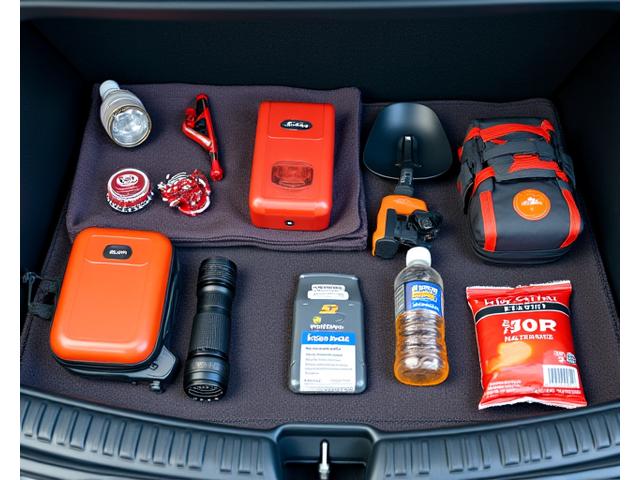
Professional Winter Driving Techniques for Austrian Roads
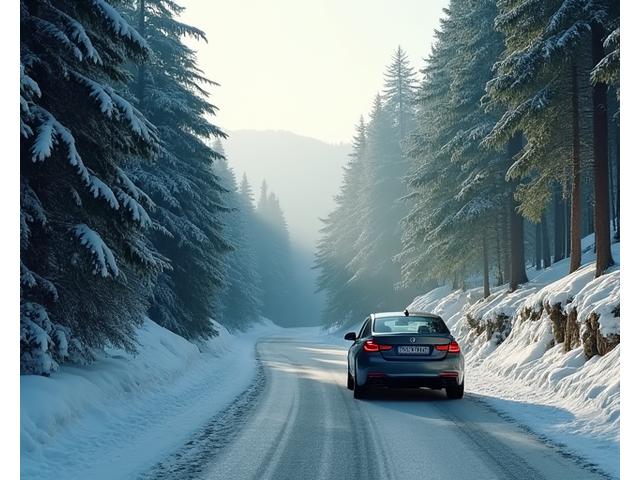
Navigating Austrian roads in winter requires specific skills and awareness. Even with the best preparation, knowing how to react to challenging conditions is crucial:
- Gentle Inputs: Accelerate, brake, and steer slowly and smoothly. Sudden movements can cause skidding on ice or snow.
- Increased Following Distance: Double or triple your normal following distance to allow ample time for braking and reaction.
- Braking Gently: If your vehicle has ABS, apply firm, steady pressure. For non-ABS, pump the brakes gently. Never slam on the brakes.
- Visibility: Keep all windows, mirrors, lights, and license plates clear of snow and ice. Use low beams in heavy snow or fog.
- Black Ice Awareness: Be vigilant for black ice, especially on bridges, overpasses, and shaded areas. It's nearly invisible and extremely dangerous.
- Mountain Passes: Use lower gears for descents to utilize engine braking, reducing reliance on your brakes and preventing overheating or fading.
ASFF Road Assist encourages all drivers to refresh their winter driving knowledge before hitting Austrian roads.
Winter Breakdown Response and Emergency Procedures
Despite all precautions, winter breakdowns can happen. Knowing how to react calmly and safely can mitigate risks and expedite assistance:
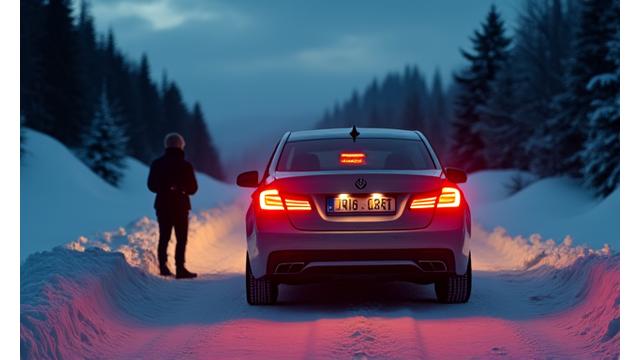
- Safety First: If possible, pull over safely to the side of the road, away from traffic. Turn on your hazard lights immediately.
- Stay Warm: Remain in your vehicle with the engine running periodically for heat, ensuring the exhaust pipe is clear of snow to prevent carbon monoxide buildup.
- Visibility: Set up warning triangles or flares if you have them, especially in low visibility. Wear reflective clothing if you must exit the vehicle.
- Assess the Situation: Determine if your vehicle can be moved. If not, activate emergency services.
- Contact ASFF: Call our 24/7 multilingual hotline at +43 7242 219 870. Provide your exact location, a description of your situation, and any immediate dangers.
- Do Not Walk: Avoid walking along busy roads or in severe weather. Wait for assistance to arrive.
ASFF Winter Emergency Hotline
Our team is on standby 24/7 to assist you with any winter roadside emergency across Austria. We're equipped for cold weather recovery and dedicated to your safety.
Call ASFF Now: +43 7242 219 870Remember to provide precise location details for the fastest response.
Your Reliable Partner for Winter Roadside Emergencies in Austria
When winter weather strikes, you can count on ASFF Road Assist & Vignette Services for prompt, professional help. Our specialized winter emergency response team is equipped to handle breakdowns in harsh conditions, ensuring your safety and peace of mind.
For immediate assistance or to inquire about winter preparedness consultation:
Call ASFF 24/7: +43 7242 219 870We offer winter safety consultation and preparation advice year-round, ensuring you're always ready for anything Austria's climate throws your way.